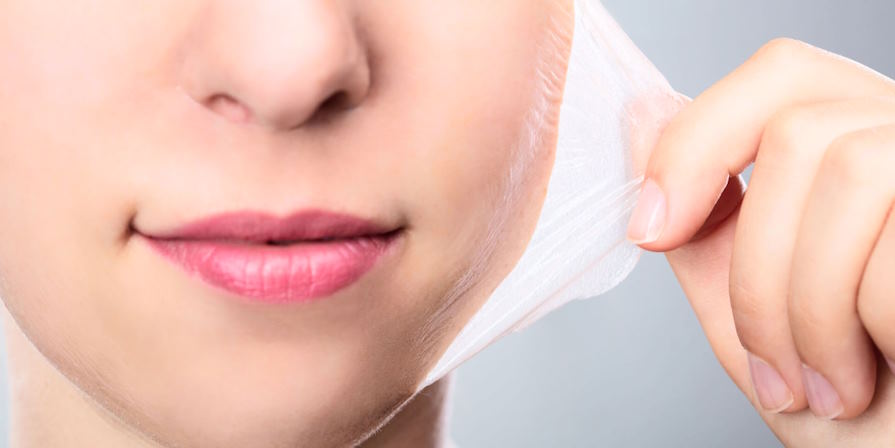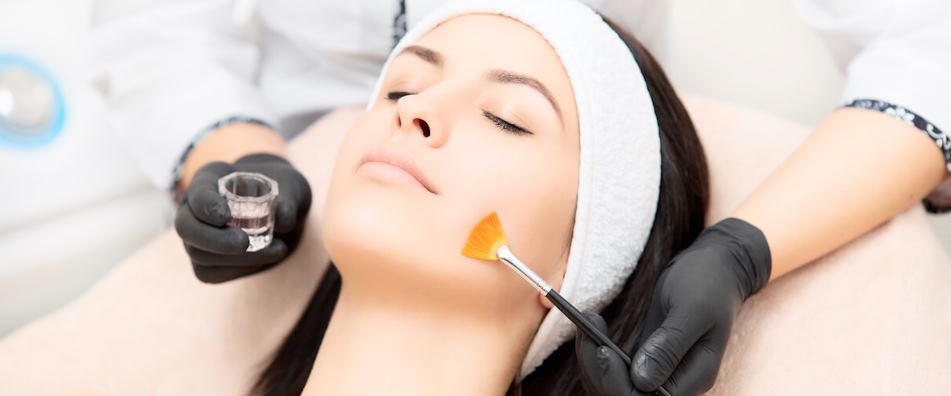
How Often Should I Do Facial Peeling?
- Published in Perfect Skin Secrets
- Permalink
Facial peeling, a popular skincare practice, offers a multitude of advantages, ranging from improving skin texture to increasing cell turnover. However, selecting the ideal frequency for facial peeling can be perplexing, as it depends on various factors.
How does facial peeling work?
Facial peeling, or exfoliation, eliminates dead skin cells from the skin’s surface, unveiling a smoother, brighter complexion beneath. This process not only rejuvenates the skin but also enhances the efficacy of other skincare products by enabling better absorption. There are primarily two types of facial peeling: mechanical and chemical.
The first method involves physically scrubbing the skin with abrasive particles or tools to slough off dead skin cells. Common mechanical exfoliants include scrubs, brushes, loofahs, or microdermabrasion devices. These tools work by physically buffing away dead skin cells and stimulating circulation, resulting in a smoother and more radiant complexion.
The chemical method involves using chemical agents to dissolve the bonds between dead skin cells and the skin’s surface. Chemical exfoliants penetrate deeper into the skin to break down the buildup of dead skin cells, unclog pores, and promote cell turnover.

How to determine a perfect frequency?
Determining the ideal frequency for facial peeling can be a bit of a balancing act, as it depends on various factors unique to each individual’s skin type, concerns, and tolerance levels.
For individuals with normal skin, incorporating facial peeling into their routine once or twice a week can help effectively maintain skin health and appearance. This frequency allows for adequate exfoliation without risking overstripping the skin or causing irritation.
However, for people with more sensitive or reactive skin, reducing the frequency to once every two weeks may be more suitable to prevent redness, inflammation, or worsening of existing skin conditions like acne or rosacea.
Conversely, individuals with oily or acne-prone skin may benefit from more frequent peeling sessions up to three times a week. This increased frequency helps manage excess oil production, prevent pores from becoming clogged with debris, and reduce the likelihood of developing breakouts.
Nonetheless, it’s crucial to closely monitor your skin’s response and adapt the frequency accordingly to prevent over-exfoliation. Excessive exfoliation can result in dryness, sensitivity, or damage to the skin’s protective barrier. Therefore, it’s important to strike a balance and listen to your skin’s needs to maintain its health and integrity.
